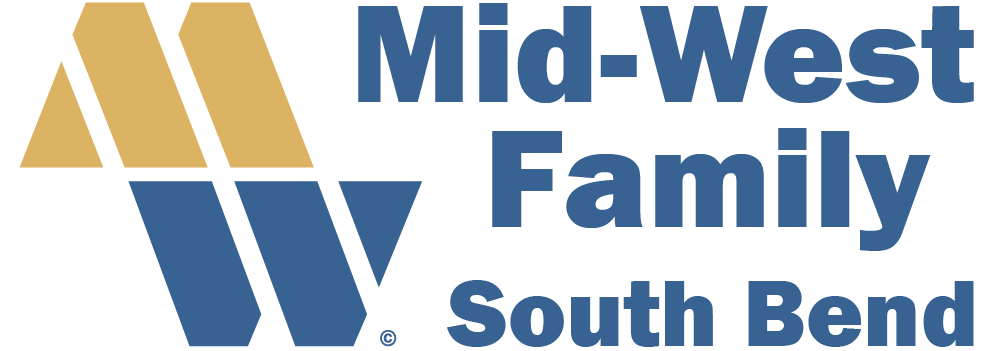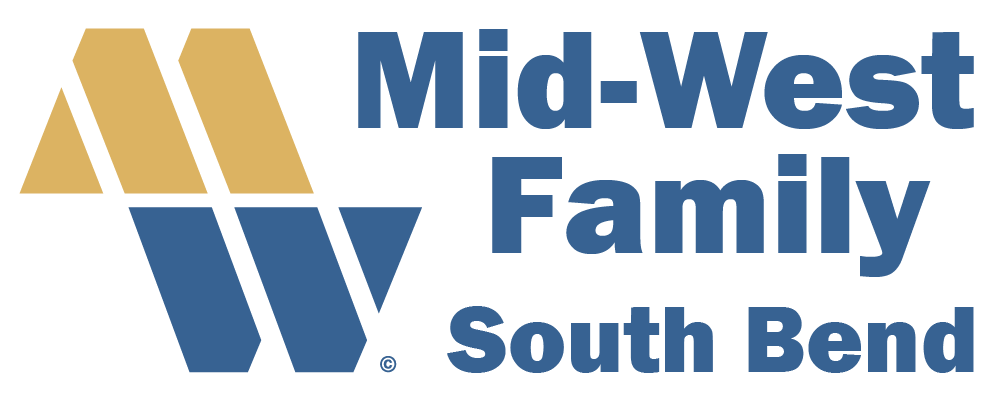Maximize Potential with a Personalized Strategy Session
Developing and implementing an effective marketing strategy is crucial for sustainable success in any business. In this regard, getting a personalized brand consultation at the outset of your strategy development can be highly beneficial for maximizing your organization's sales potential.
At Mid-West Family South Bend, we use a custom, client focused, analysis to help uncover your unique selling proposition. As well as your customers' needs, concerns, preferences, and aspirations. Thoughtfully drilling down into key areas helps develop a unique, tailored strategy for your brand — one that will resonate with your consumer base and foster a sense of loyalty among your buyers.
Let’s look at some of the steps to conducting a personalized brand consultation. Each client is unique, so are the steps and parts of building a brand plan. However, I would like to call your attention to steps 5 and 6 to give some thought as to just how those two steps alone might affect your business' growth.
1. Identify Your Target Audience
One of the most important foundational aspects of any marketing strategy is to clearly define who your target audience should be, based on shared features like demographics, psychographics, and behavioral patterns.
For example, are you targeting consumers in a specific geographic area, or those who have already demonstrated decision-making patterns in past interactions? Identifying your core audience should be your #1 priority when developing a marketing strategy for your brand.
2. Conduct Market Research
It's crucial that you gather relevant data about your industry, competitors, and current/projected market trends.
This kind of in-depth market research can help you in two ways:
1. It can help you to pinpoint challenges that may arise to your overall strategy2. It can highlight key gaps in the industry that your brand may be able to fill.
3. Collect Customer Feedback
You can gather customer feedback in many ways such as surveys, interviews, focus groups, and so forth. It's helpful to ask about your customers' needs, challenges, preferences, and expectations about your brand and its offerings.
Doing so will help you to gain valuable insights — and may even cause you to pivot your strategy based on the information you receive.
4. Analyze Customer Data
The customer feedback and data you compile is only as helpful as your analysis makes it. Create a framework that allows you to identify common patterns, trends, and pain points that your customers are facing.
Then, look for ways that your brand can stand out from the competition by offering unique value to your buyers.
5. Develop Customer Avatars
Customer avatars (also known as "customer personas") are semi-fictional representations of your ideal customers.
Think of them as a way to breathe life into customer data points, so that your team can market to a specific person. Your avatars should capture the key characteristics and motivations of your core customer segments.
6. Map Customer Journeys
A customer journey map is a "visual tool that helps you define your customers' needs, problems, and engagement with your brand." It empowers you to see what a typical timeline would look like for one of your customers, from the moment they become aware of your brand to the moment when they make a purchase.
As you define each touch point in the context of the overall journey, you will be in a better position to enhance the customer experience and address their specific needs at each stage.
7. Define Your Unique Value Proposition
Your unique value proposition (UVP) is what differentiates your brand from the competition — in other words, why customers should buy from you.
Make sure you clearly communicate your UVP in your marketing messages.
8. Develop a Brand Positioning Strategy
Do you want customers to be attracted to your brand because of pricing, quality, or some other characteristic? What kind of "brand personality" do you want to convey to your audience?
You should answer these and other questions as you develop a brand positioning strategy that aligns with customer needs, sensibilities, and values.
9. Tailor Marketing and Communication Strategies
One key aspect of an effective marketing strategy is judicious choice of the channels you use. Where are your ideal customers most likely to be found? When are they most likely to engage with your messaging?
A personalized brand consultation can help you decide which platforms and content types will yield the best results for your company.
10. Continuously Monitor and Adapt
No marketing strategy can stagnate and remain successful.
Be willing to regularly review and analyze customer feedback, market trends, and make any adjustments to your strategy as needed.
Partner with Mid-West Family South Bend for an Effective, Unique Approach
In summary, a personalized brand consultation is an ongoing process. It has several moving parts, including market research, the creation of customer avatars, customer journey mapping, and tailored communication strategies. As your brand continues to grow, you will need to regularly review your customer needs analysis and adapt your efforts to meet changing customer expectations.
If you would like to learn more about how our team of experts at Mid-West Family South Bend can help or would like to set up your personalized strategy session, reach out today.




